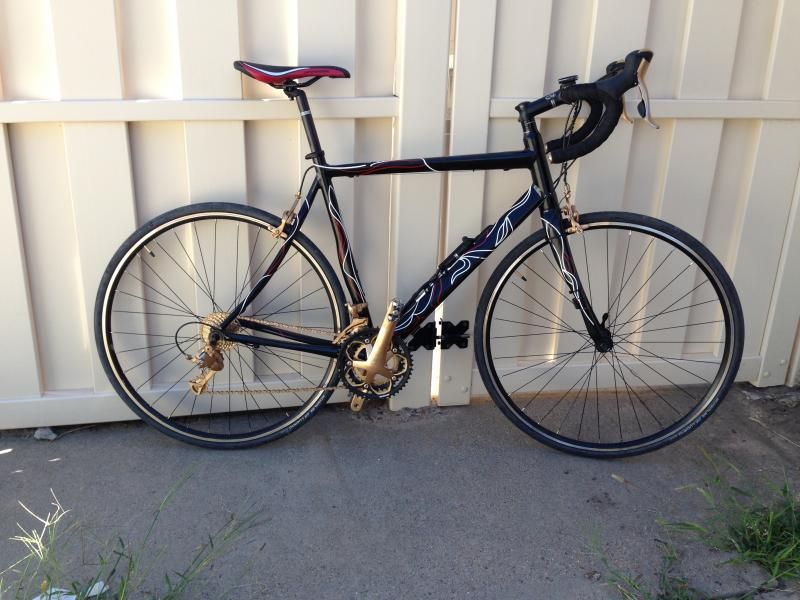Originally Posted by
FarHorizon
Hi @
chaadster - You make
excellent points - I hadn't thought about poor maintenance and riding habits. Since I am one of those "north of 270#," I'm dismayed to see that very, very few manufacturers give maximum weight limits on their bikes (or parts). I'm diligent and informed about both maintenance practices and best riding habits, but I'm still wary of my parts.
I buy wheels, for example, with the strongest, double-wall rims, four-cross spoke patterns, and LOTS of spokes. I'm careful to ride the largest tires I can and to inflate them to significantly less than the maximum sidewall pressures. I'm diligent about inspecting the handlebars, stem, and seat post for stress cracking or bending. I've chosen a steel frame, rather than a carbon fibre or aluminum one for better durability.
That said, I seem to be in the minority among the Athena/Clyde crowd. So obviously some manufacturers include generous safety margins in their bikes & parts. But there's no way to know which manufacturers these are! I've owned racing bikes before, one with Campagnolo radial-spoke wheels. After breaking some spokes, I promptly decided that these were not the wheels for me. But since the wheels didn't come with any maximum recommended weight, I had to try to see whether they'd hold me or not. Fortunately, their failure wasn't catastrophic, but it could have been...
There really should be some way to evaluate the safety margin of bikes & parts, but as of now, there seems to be no standard. Further, the manufacturers decline to make their limits public because it might impact sales. So the Athena/Clyde becomes the unwilling safety experiment. Caveat Emptor.
Also, maybe it's time to redefine the weight limits for being an Athena/Clyde. For females, maybe 200+ is a fine starting point, but for males, I'd think there would be little or no risk until 250 to 275 was exceeded. Just speculating...
Other than the wheels, there are few components that will fail in general use. Even frames seldom fail. It happens (I've broken 4 out of around 30 bikes) but, in my experience, frame failure is do more to materials problems than usage problems.
Wheels also fail more to materials problems than usage. That's because people make the mistake of concentrating on the wrong part when making a "strong" wheel. The rim has little to do with make a wheel strong. Spokes are the strength members of the wheel. I use very light rims on everything I ride but I use spokes with 2.3mm spoke heads rather than the more commonly used 2.0mm spokes. That 0.3mm of extra metal increases the strength by 50%.
My fleet
Salsa La Cruces commuter/road bike
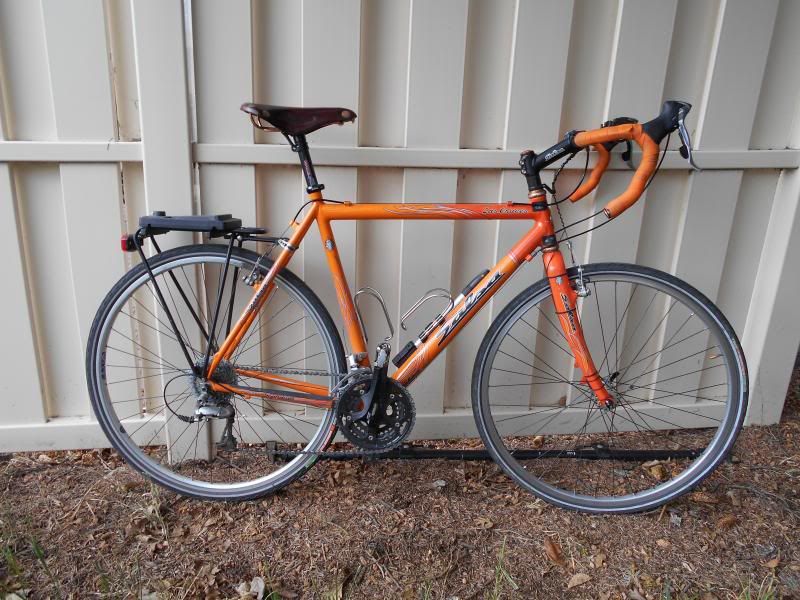
Specialized Rock Hopper winter/off-road commuter
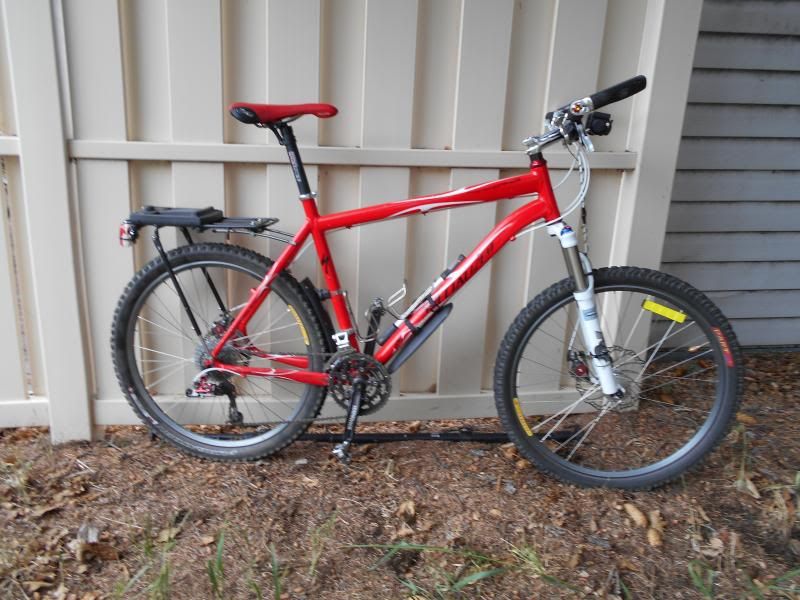
Moots YBBeat winter/off-road tourer
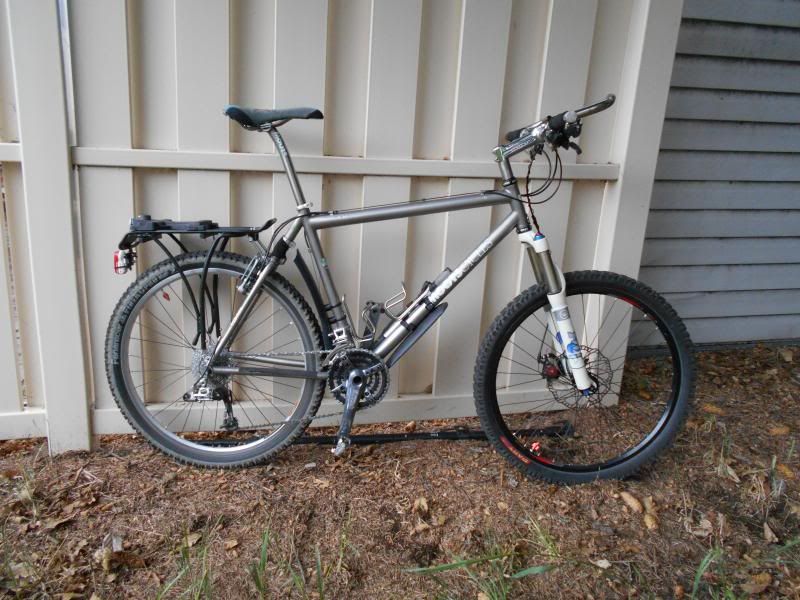
Fun bike

Dean El Diente go fast
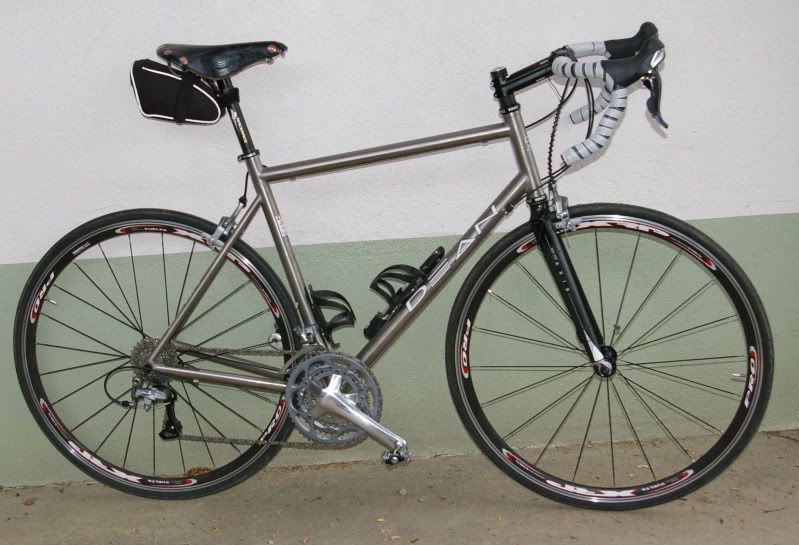
Specialized S-Works Epic off-road go fast

Loaded touring bike

Specialized Stumpjumper Pro which resides at one of my daughters houses
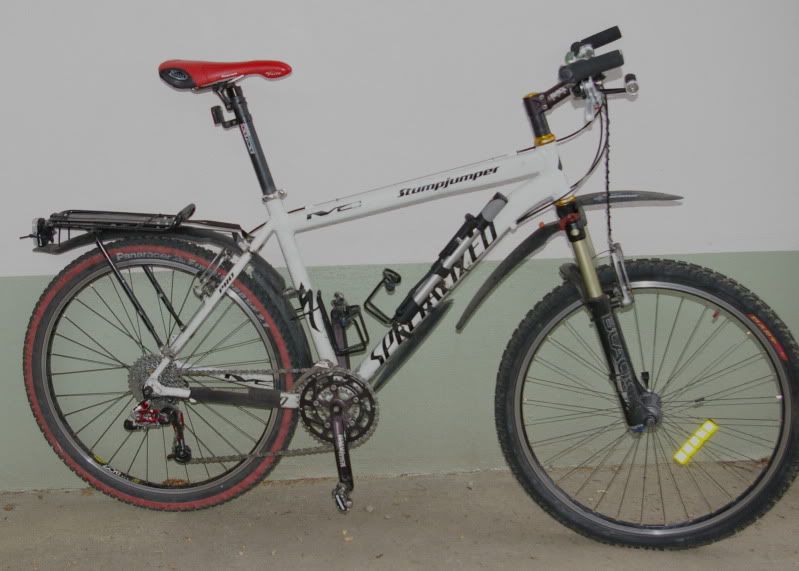
A Cannondale Synapse under a lot of extra paint that resides at my other daughter's house.
